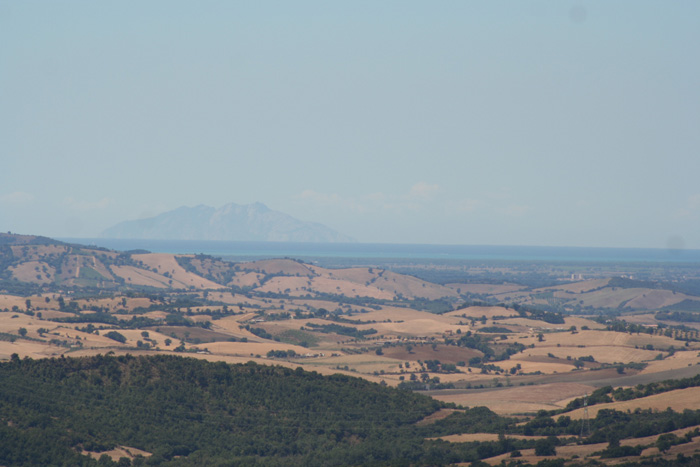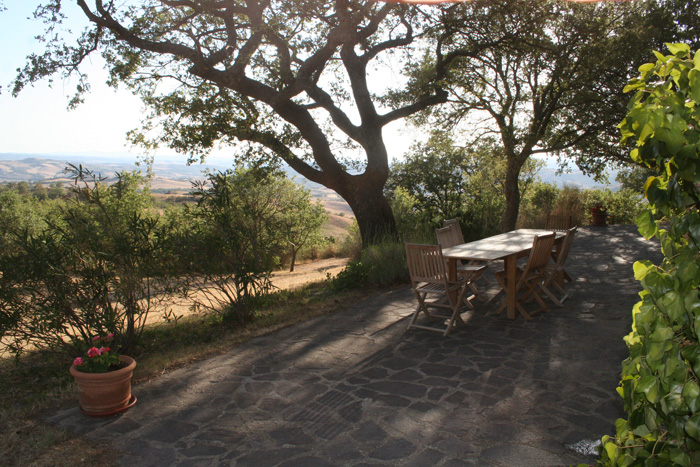The Maremma | Beaches, marinas and reserves
Visiting the Maremma always means visiting nature. The Maremma is bathed by a clear sea that, for 160 km, laps its varied coast of sandy beaches protected by thick pine forests, steep cliffs overlooking the Tyrrhenian and islands of rare beauty. The waters of the Maremma seashore are among the cleanest in Italy and its beaches have been winning the recognition of the Blue Flag for years. The seaside resorts of the Maremma are equipped for sailing, windsurfing, kitesurfing and canoeing and divers will find diving centers in the Argentario and the Isola del Giglio.
The Maremma also has many protected areas that allow you to experience the subtleties of the Mediterranean thatch and its wildlife in total freedom. Travelplan recommends the most important stops when following the coast from north to south.
Punta Ala is on of the most exclusive seaside resorts on the Tyrrhenian, whose success is built around its famous marina and yacht club. This elegant resort is located in a large pine forest with well cared for gardens and clean streets. The sandy coast is served by a series of well-equipped beaches and, if you push a little further on, you will find unforgettable bays surrounded by nature: Cala Martina and Cala Violina.
Dedicated golfers will find a satisfying challenge at the famous Punta Ala Golf Club, 18 holes with a view of the sea, which hosts important international competitions, and the new Toscana Golf Club, in Gavorrano. They are many lodging choices with a series of excellent hotels and residences as well as friendly holiday farms.
Castiglione della Pescaia a famous, well-equipped resort and the most popular of the Maremma, is known for its long beaches and magnificent Tombolo pine forest. The town is an ancient fishing village, with a center climbing the hill and enclosed by mighty walls with towers, gates and a 15th-century castle. Every evening the fishing boats tie-up with their loads of fresh fish along the picturesque port-canal.
Castiglione della Pescaia has many bathing beaches equipped for water sports, but its also possible to take walks, ride bicycles or go horseback riding on the dunes or in the huge pine forest. Tourists will find a broad choice of lodgings: hotels, residences, apartments, houses and campsites to meet every need.
Parco Naturale della Maremma. Also called the Parco dell’Uccellina, it extends along the Maremma coast for the entire length of the mountains of the same name. The park's appeal lies precisely in the diversity of its environments: the swamp area to the north that preserves the typical appearance of the Grosseto plain before its reclamation radically changed the landscape; further south, there is the Alberese pine forest and the Monti dell’Uccellina covered with a luxuriant Mediterranean thatch and the wild sand dunes of the coast. It is easy to find herds of Maremma horses and cattle grazing in the park or to see wild board, deer and roebucks. The Trappola swamp is populated by scores of migratory species and are famous for the opportunities it provides for bird watching. The area also contains evidence of a human presence, such as the fascinating ruins of the 11th-century Abbey of San Rabano, in a splendid panoramic position dominating the coast.
Monte Argentario is one of the most famous spots in the Maremma and Tuscany. The promontory, which was originally an island, is characterized by a high, rocky coastline covered by a thick Mediterranean thatch, interrupted by olive groves and vineyards. It is now connected to the land by the Feniglia and Giannella sand bars, two strips of uninterrupted sandy beach and thick maritime pine. The sandy isthmuses are separated by the Laguna di Orbetello, an area protected by the WWF because it sits on one of the most important migratory routes and is one of the principal wintering sites for birds that nest in Europe. The serene tranquility of this lagoon contrasts with the high jagged Monte Argentario coast that hides small inlets in rocks that are inaccessible from the land.
Porto Santo Stefano is the largest town on Mount Argentario, and connections leave from here for the islands of Giglio and Giannutri. The town descends on large steps along the slopes of the promontory to a picturesque bay. Today, thanks to its splendid sea and beautiful landscapes, is it a famous resort with two ports, Porto Nuovo and Porto Vecchio. Every 15 August, they play the Palio Marinaro, preceded by a historical procession in Spanish costumes. In Porto Santo Stefano, you will also find the Acquario Mediterraneo dell’Argentario, with panoramic tanks that reproduce the typical ecosystems of the Costa d'Argento.A scenic road connects Porto Santo Stefano to Porto Ercole with breath-taking views. Porto Ercole is located on the eastern coast of the Argentario; it is a charming seaside village that overlooks a bay protected by a small promontory. It is a maze of lanes and staircases that descend tortuously from the fortress to the port. The principal works to visit in Porto Ercole are its fortifications that date from the period of Spanish domination in the 16th century: Forte San Filippo, Forte Santa Caterina, Forte Stella and the Rocca. But, most of all, Porto Ercole is a center of cosmopolitan life frequented by many tourists, with a wealth of stores and fashionable, always lively nightspots.
The most beautiful beaches in Tuscany | [1] From Principina a Mare to Piombino
The most beautiful beaches in Tuscany | [2] From Principina a Mare to Ansedonia
|

